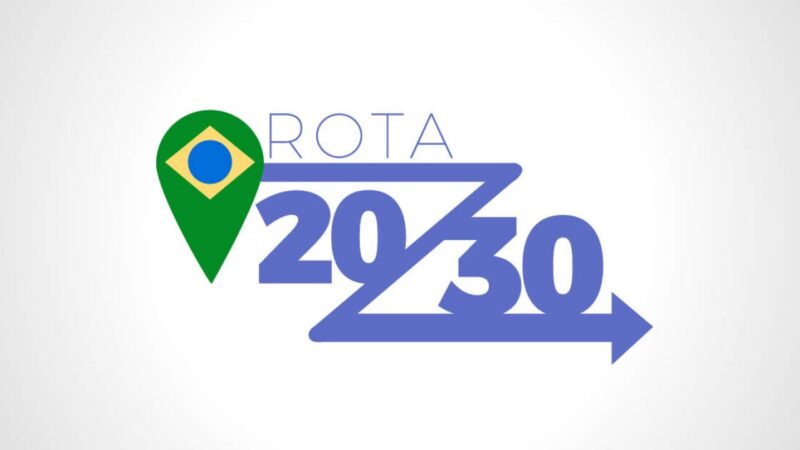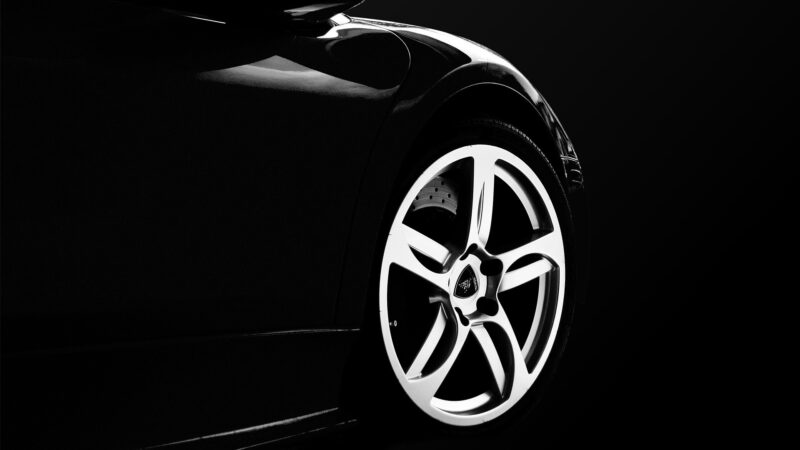Myths about tires circulating on the internet

It is not uncommon that when browsing the internet, we come across articles, videos or testimonies from pseudo-specialists or ordinary people who, most of the time imbued with a collective spirit and willingness to help, share their experiences and knowledge about tires.
But, unfortunately, it is common to see that the information is wrong, incomplete or has been misinterpreted, leading to untrue information or that can generate risky situations or wrong choices.
We have separated five myths that you may have seen on a YouTube channel, Facebook page or received in one of your WhatsApp groups:
- “Hairs” on the tire: synonymous of a new tire and, the more, the better
The “hairs” or “nubs” that we see on several tires are the result of the vulcanization process, where the tire is pressed against the mold wall and, due to the presence of holes for better ventilation and vulcanization of the tire, rubber ends up being expelled, what creates the famous “hair”. Modern and stable processes use other technologies of mold ventilation, or simply need a smaller amount of ventilation holes for the process to be carried out satisfactorily, resulting in few or no hair.
Therefore, its presence or absence does not guarantee that a tire is new or used and more, the excess of ventilation holes in the mold shows difficulties of that manufacturer to ensure that its tire is as close as possible to the perfect circumference. Therefore, a “great hair” does not mean the product is bad, but even less that it is better than others less “hairy”.
- A good tire is a fresh tire, one with a recent DOT.
We have already covered this in another article here on 54psi.com: a tire, although it does not have an expiration date like groceries, begins to present changes in its physical and chemical properties after some (several) years. Therefore, the quality of the product is not associated with the time it was manufactured.
What is really important is how the dealer stores the tires in its warehouse. Before purchasing, make sure that the stockpiled tires are protected from light and moisture, at room temperature and that they are stored correctly in piles that do not exceed two meters high.
- Tires with the M+S marking cannot be used in countries without snow and/or in the city.
The ‘M+S’ marking (Mud + Snow) is commonly present in tires for light/heavy off-road, or all season models, and informs the user that i has minimum traction levels for these surfaces. However, it does not mean that tires for use only on asphalt, or in countries that do not have snow or ice, should be avoided.
This marking has nothing to do with the performance of the tire at high temperatures or on asphalt and the reason for this is in the process of obtaining the marking. There are two ways to obtain it: the first, direct, is through specific traction tests, where the tire needs to show results beyond the threshold, and the second, indirect, is from the tire contact area on the ground vs. the voids of this area (grooves and distance between blocks); if the tire has a ratio between contact area vs. empty regions above a certain percentage, it is automatically able to receive the M+S marking, even if it is a tire with very low performance in mud and snow conditions.
- Tires with more colored stripes on the tread are worse, of inferior quality or rejected in the process.
The color and/or the amount of stripes that a tire may have on its tread is nothing more than a tool for identifying a particular tire or SKU, that is used by the manufacturer and/or the automaker. There is no relationship between color and quantity of stripes and the product quality!
Imagine that you are in a warehouse with 400 pallets, with all tires stacked. As much as there are inventory and location controls, this identification by stripes and colors can greatly facilitate the logistical operation and is an additional guarantee that the correct product will be used in the correct way.
- Tires with a low “Treadwear” index will wear out faster than others with a higher index.
This topic is controversial and deserves an article just for it, because Treadwear is one of the three indexes that make up the UTQG (Uniform Tire Quality Classification) also composed by the Temperature resistance index and the Traction one. It corresponds to the wear volume of a tire during a test of 9,600 km, under controlled conditions, against a known control tire. The Treadwear index ranges from 60 to 620, always set against the reference value of 100 assigned to the control tire, which never changes.
In other words, a tire with a Treadwear of 50 will wear out in half the distance/time than the reference tire, while a tire with a Treadwear of 420 will present mileage 4.2 times greater than the reference. So, the higher the Treadwear index, the longer the tire life, right?
WRONG! The Treadwear index is just the result of a specific test, under specific conditions, comparing a specific tire! In the real world, a huge and varied range of factors interfere with a tire’s wear pattern and speed: driver’s driving style, weather variations, driving conditions (asphalt quality and road maintenance), chemistry of the tread compounds, among others more discreet.
Do you know of any other myth that you would like us to clarify or, even perhaps, confirm that it is true? Leave your comment here or contact 54psi.com!


